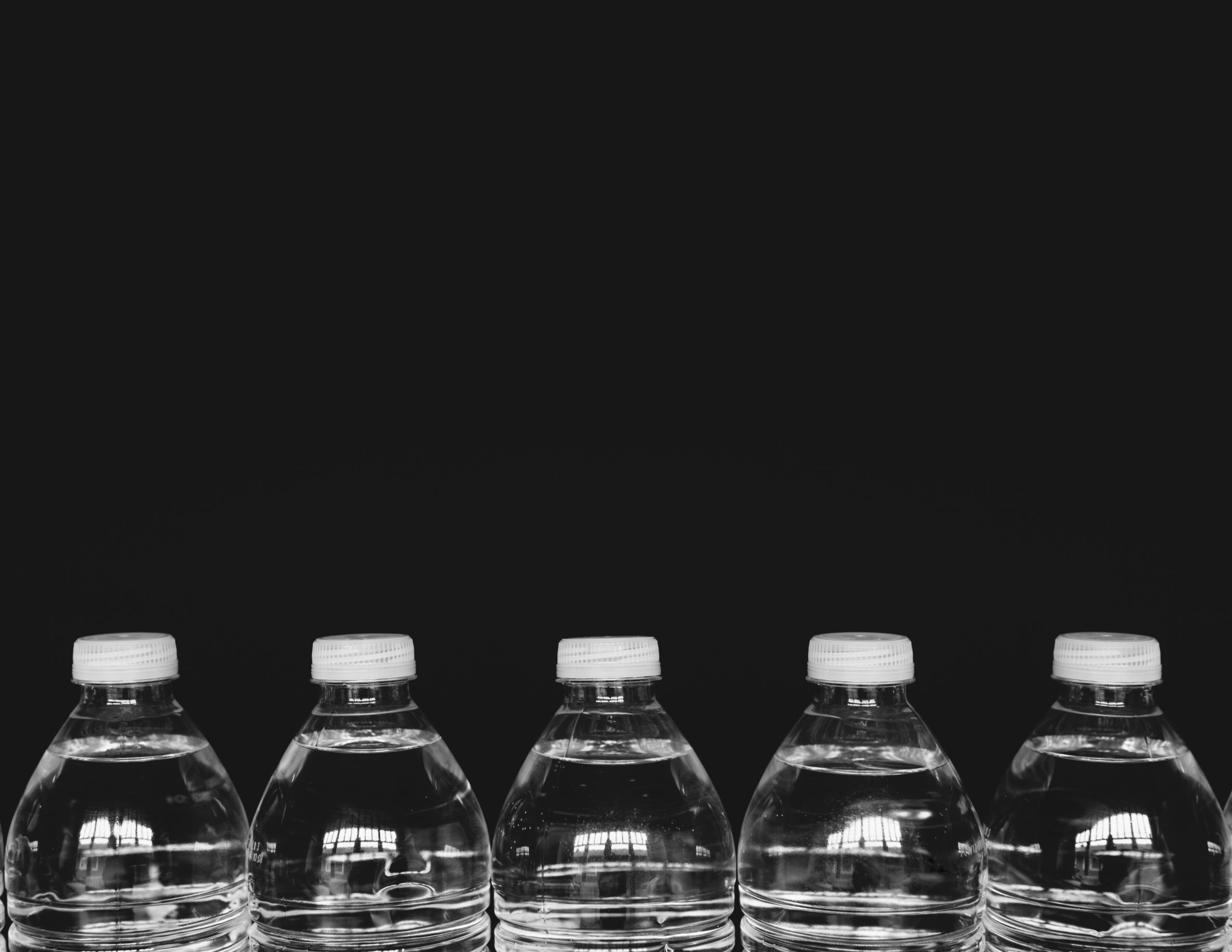
On Tuesday, those who live at the Rosemont Court Apartments in Portland were told they needed to evacuate the building. Furthermore since then, nearly 100 residents of the building have been temporarily moved into motels until the building’s water system and plumbing can be properly cleaned and determined to be safe. As a result, another four people are presumed to have Legionnaires disease based on new symptoms, the county health department said. The first symptoms to appear are usually flu-like (fever, tiredness, muscle aches, and headache). Signs of a serious Legionella lung infection include cough and chest pain. As of Thursday, Multnomah…







